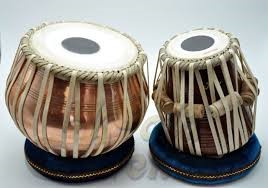Uttar Pradesh Switch to Hindi
Shehnai Secures GI Tag
Why in News?
Varanasi’s rich cultural and craft heritage gained national recognition as authorities recently granted Geographical Indication (GI) tags to the Banarasi Shehnai, and the Banarasi Tabla.
Key Points
- Banarasi Shehnai:
- The Banaras Shehnai is a traditional wind instrument deeply rooted in the Banaras Gharana of Indian classical music.
- It gained national prominence through Ustad Bismillah Khan, who famously played the shehnai at the Red Fort on India’s first Independence Day.
- The instrument holds a divine and auspicious status, often performed at weddings, religious ceremonies, and temple rituals.
- It embodies the spiritual and artistic ethos of Varanasi, contributing to the city’s distinct cultural identity.
- Banarasi Tabla:
- The Banaras Tabla Gharana, also known as the Purab Gharana, represents a unique and influential school of tabla playing that originated in Varanasi (Banaras).
- Known for its rhythmic sophistication and rich tonal clarity, this gharana exhibits a strong pakhawaj influence, setting it apart from other styles.
- Its expressive and dynamic compositions make it especially well-suited for accompanying Kathak dance, a classical form also rooted in North India.
- The Banaras Gharana is recognized as one of the six principal tabla gharanas in Indian classical music.
- Renowned Exponents are Pandit Anokhelal Mishra, Pandit Kishan Maharaj, Pandit Samta Prasad.
Geographical Indication (GI) Tag
- About: A GI tag is a name or sign used on certain products that correspond to a specific geographical location or origin.
- The GI tag ensures that only authorised users or those residing in the geographical territory are allowed to use the popular product name.
- It also protects the product from being copied or imitated by others.
- A registered GI is valid for 10 years and can be renewed.
- GI registration is overseen by the Department for Promotion of Industry and Internal Trade under the Ministry of Commerce and Industry.
- The GI tag ensures that only authorised users or those residing in the geographical territory are allowed to use the popular product name.
- Legal Framework:

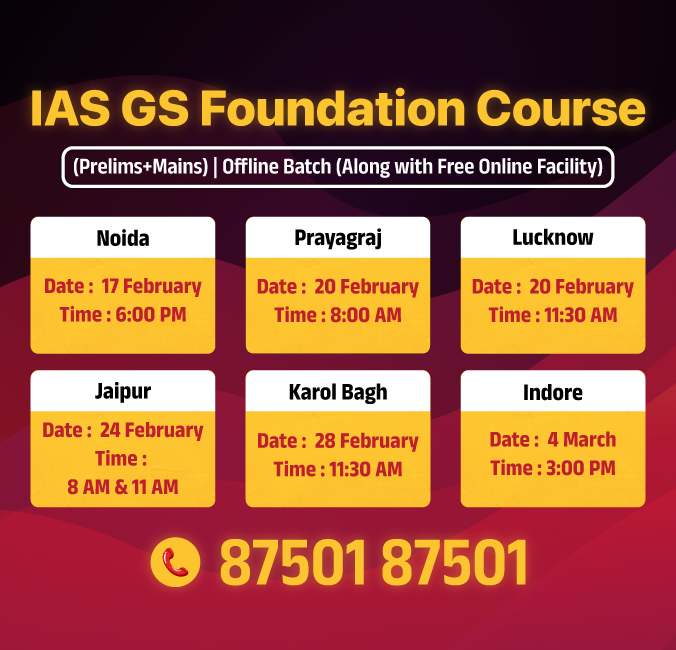
Uttar Pradesh Switch to Hindi
Annual Survey of Industries 2024-25
Why in News?
According to the latest data of Annual Survey of Industries (ASI) of the Government of India, Uttar Pradesh has recorded the highest number of factory registrations in the country in the year 2024-25 .
Key Points
- About the Report:
- Uttar Pradesh registered 3,318 factories in 2024–25, nearly double the 1,484 recorded in 2020–21.
- This growth has been due to improvements in ease of doing business , administrative efficiency and policy decisions .
- According to the report, Uttar Pradesh is rapidly emerging as a key hub for large-scale industrial investments, beyond just small and medium enterprises.
- UP's share in the ASI frame has increased to 7.6% in the year 2022-23, the highest ever.
- This progress is a strong step towards the Chief Minister 's goal of a USD 1 trillion economy .
- Uttar Pradesh's industrial Gross Value Added (GVA) reached Rs 1.3 lakh crore in 2022-23 , contributing 6.1% to the total industrial GVA of the country .
- GVA represents the value that producers add to goods and services during the production process.
- It is calculated by subtracting the cost of inputs (intermediate consumption) from total output .
- It is a major component of Gross Domestic Product (GDP) , which reflects economic growth.
- GVA growth rates provide insights into sectoral performance, helping in economic analysis and policy making.
- Uttar Pradesh registered 3,318 factories in 2024–25, nearly double the 1,484 recorded in 2020–21.
Annual Survey of Industries (ASI)
- ASI is the primary source of industrial statistics in India .
- It was initiated in 1960 as per the Collection of Statistics Act of 1953 , with the year 1959 as the base year and has been conducted annually since 1972 .
- ASI has been conducting this survey since the year 2010-11 under the Collection of Statistics Act, 2008 , which was amended in the year 2017 to extend it to all India level .
- The National Statistical Office (NSO) , a part of the Ministry of Statistics and Programme Implementation (MoSPI) , operates the ASI.
- The Department of Statistics and Programme Implementation is responsible for ensuring the coverage and quality of statistics released by the Ministry.


Uttar Pradesh Switch to Hindi
Uttar Pradesh Leading in PM Kusum Yojana
Why in News?
The Union Minister of Consumer Affairs praised Uttar Pradesh's leading role in effective implementation of the PM Kusum Yojana and PM Surya Ghar Yojana.
Key Points
- PM-Kusum:
- About:
- PM-KUSUM is a flagship scheme launched by the Government of India in the year 2019 with the primary objective of transforming the agriculture sector by promoting solar energy solutions .
- It works on a demand-driven approach. Capacities are allocated based on the demands received from various states and Union Territories (UTs) .
- It aims to achieve a significant solar power capacity addition of 30.8 GW by March 31, 2026 .
- Objective:
- The scheme aims to reduce dependence on diesel for irrigation by encouraging the use of solar powered pumps and other renewable energy sources.
- It aims to increase farmers' income by reducing irrigation costs through the use of solar pumps and enabling them to sell surplus solar energy to the grid.
- By providing access to solar pumps and promoting solar-based community irrigation projects , the scheme aims to enhance water and energy security for farmers.
- The scheme aims to reduce environmental pollution caused by conventional energy sources by adopting clean and renewable solar energy.
- The scheme aims to reduce dependence on diesel for irrigation by encouraging the use of solar powered pumps and other renewable energy sources.
- Ingredients:
- Component-A : Installation of 10,000 MW decentralized ground/stilt mounted solar power plants on barren/fallow/pasture/marshy/cultivable lands of farmers .
- Component-B : Installation of 20 lakh stand-alone solar pumps in off-grid areas.
- Component-C : Solarisation of 15 lakh grid connected agricultural pumps : Individual pump solarisation and feeder level solarisation.
- About:
- PM-Surya Ghar Free Electricity Scheme:
- About:
- It is a central scheme to promote the adoption of solar rooftop systems by providing adequate financial subsidy and ensuring ease of installation.
- Aim: It aims to provide free electric power to one crore households in India who wish to install power units with rooftop solar panels.
- Families will be able to get 300 units of electricity free every month.
- Implementing Agencies: The scheme will be implemented at two levels .
- National level: Managed by National Programme Implementation Agency (NPIA).
- State level: Managed by State Implementation Agencies (SIA), which are the distribution utilities (DISCOMs) or electricity/energy departments of the respective states or union territories.
- Role of DISCOMs : As SIA, DISCOMs are responsible for facilitating various measures towards promoting rooftop solar power transition , including ensuring availability of net meters , timely inspections and commissioning of installations.
- Subsidy Structure: The scheme provides subsidy to defray the cost of solar rooftop system installation. The subsidy is limited to a maximum capacity of 3 kW .
- 60% subsidy for solar systems up to 2 kW capacity .
- 40% subsidy for solar systems between 2kW to 3kW capacity .
- About:



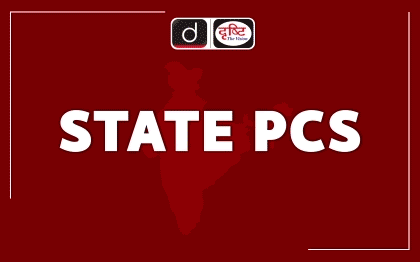
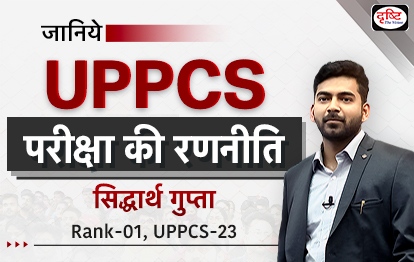

%20MPPCS%202025%20Desktop%20E.jpg)
%20MPPCS%202025%20Mobile%20E%20(1).jpg)









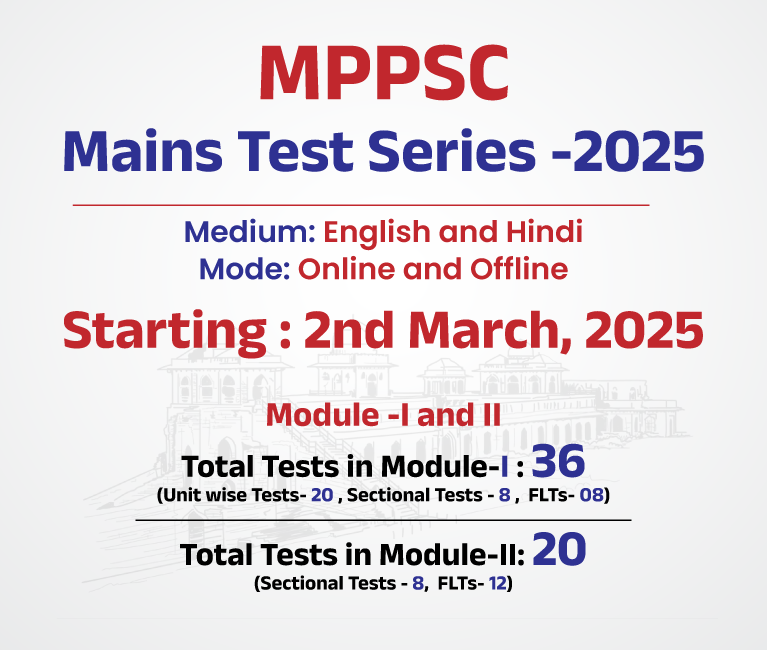
.png)
.png)





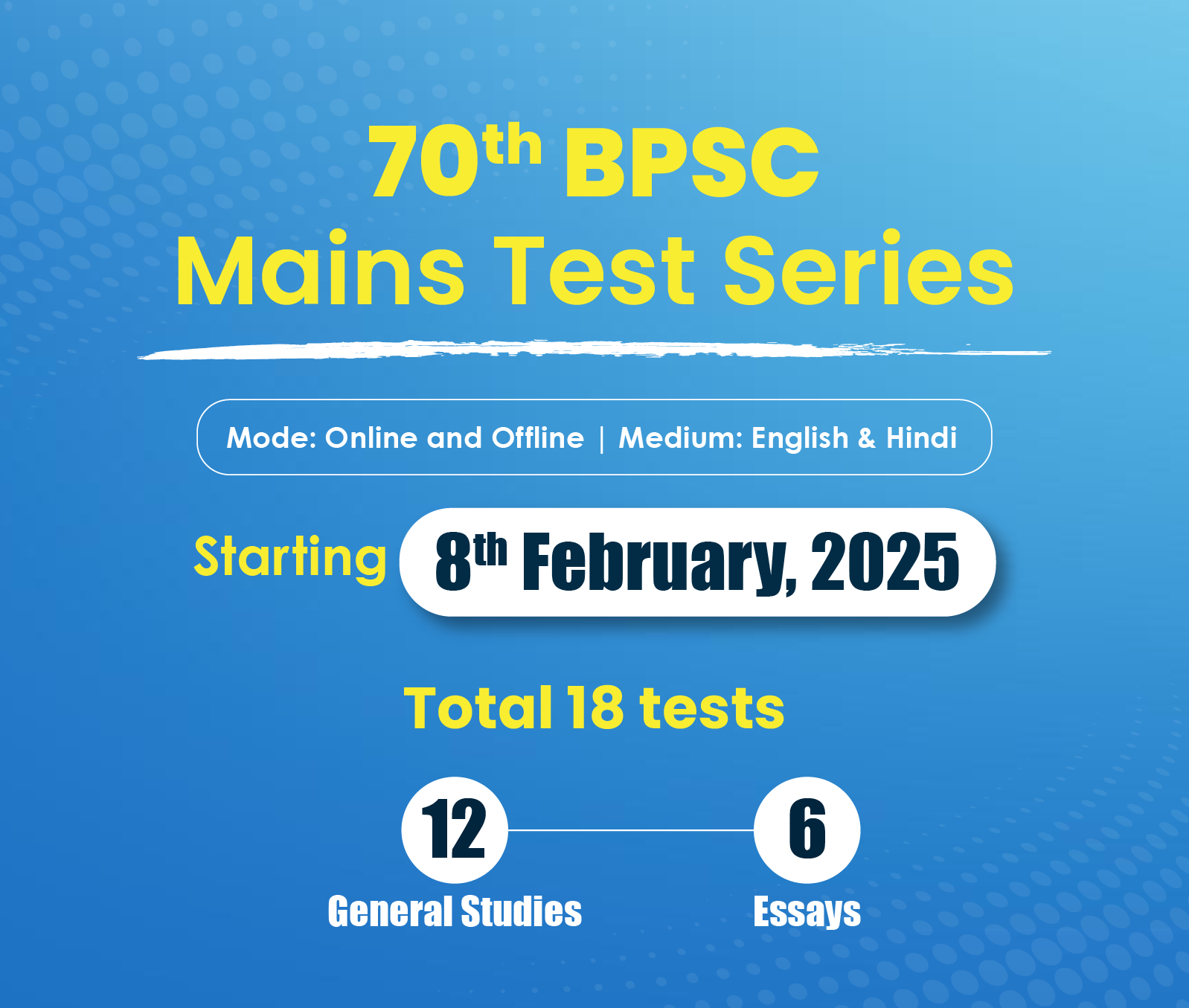





 PCS Parikshan
PCS Parikshan
